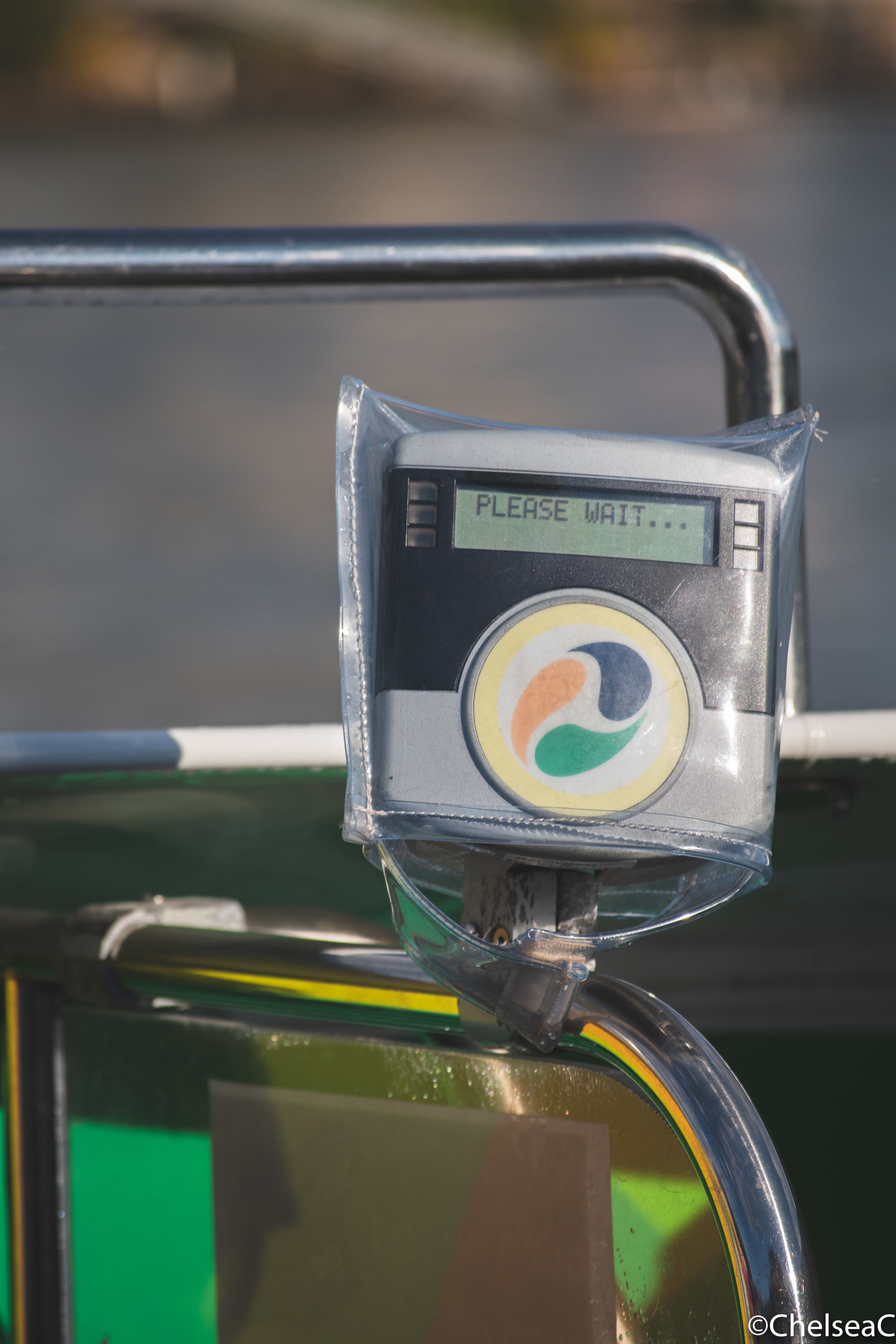Keeping the Fight For Dogs on Ferries Afloat
JOUR3000

Brisbane’s dog lovers have been fighting for domestic dogs to be allowed on the city’s ferry network for six months, but their determination to improve the convenience of travel is proving to be an uphill battle.
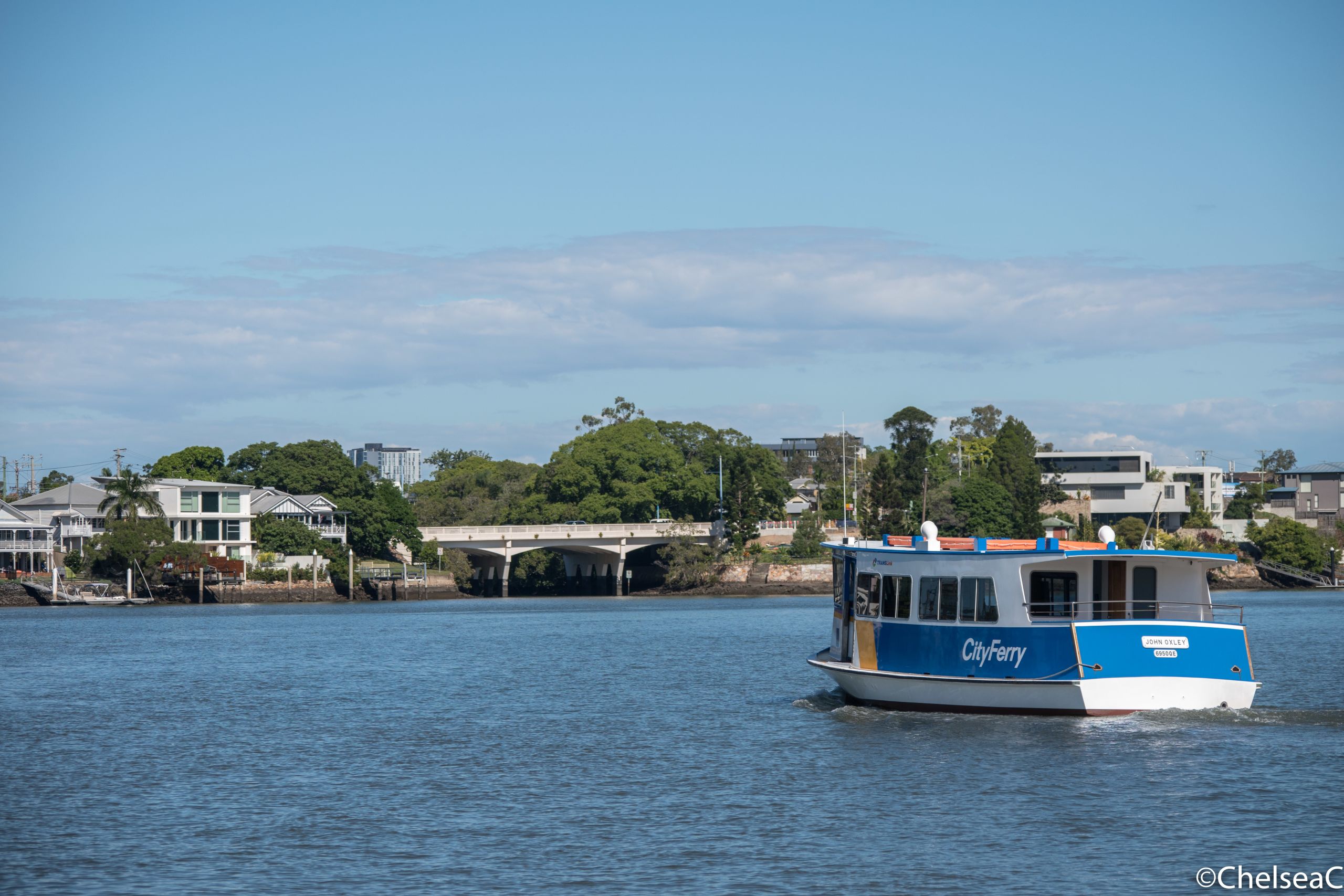
In January this year, New Farm resident Annie Boxall launched a petition, rallying for Brisbane City Council to “implement a program to allow dogs to travel on Brisbane’s ferry services and other modes of transport.” This is not the first time this issue has been raised, and for many years, Boxall and other dog owners have expressed their frustrations over the lack of freedom when it comes to travelling with pets in Brisbane. In 2015, TransLink was contacted by another Brisbane resident in regard to a separate petition, but no action was made.
A spokesperson for TransLink says that while he understands why people would want to travel with their pets, the government agency has no plans to change their policy. He states that they have a number of reasons behind their decision, such as lack of space, passenger safety, and legal liability.
But, dog lovers believe that their loyal companions deserve to travel by ferry, and they will do everything in their power to ensure that their voices are heard.
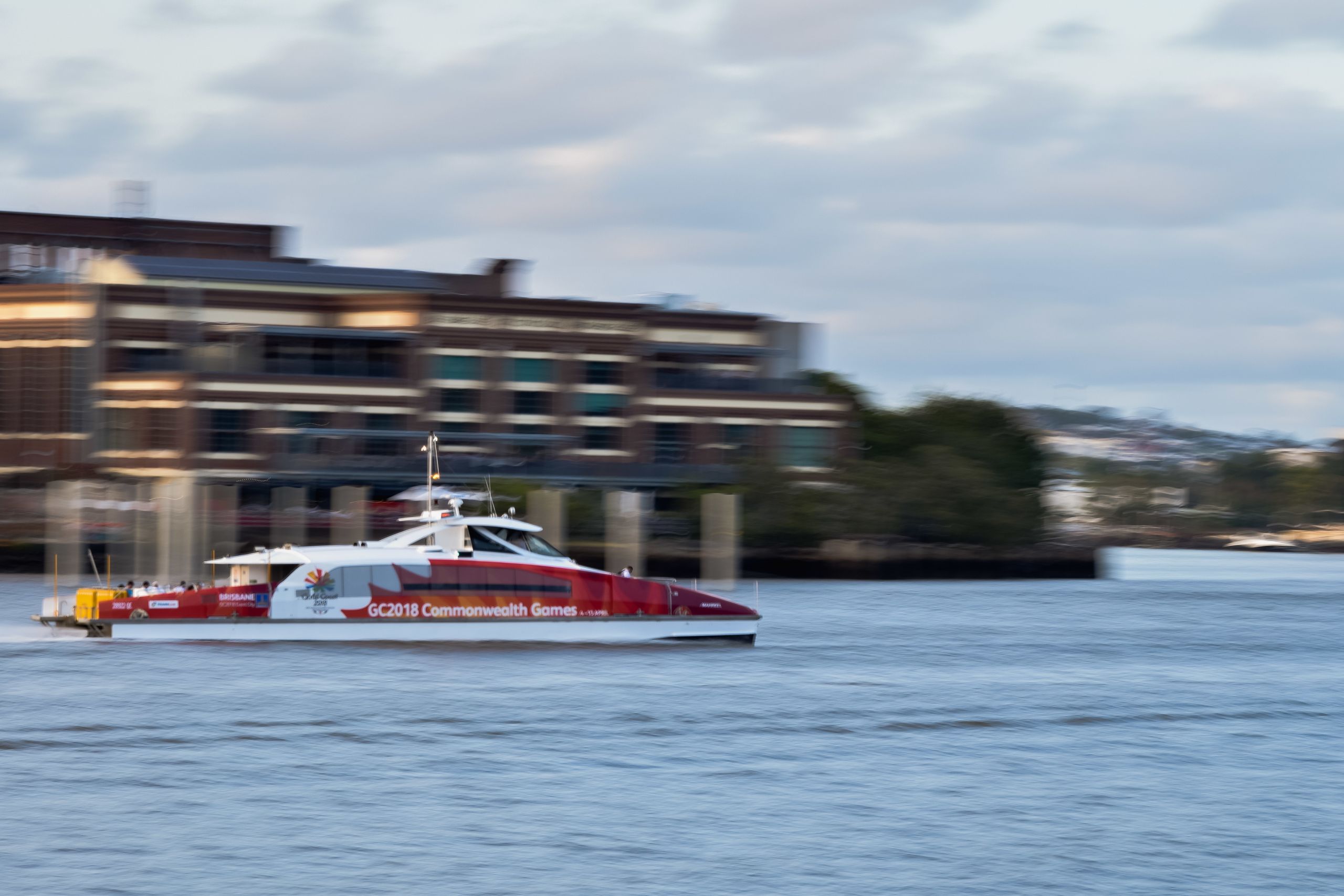
THE FIGHT FOR A VOICE
Annie Boxall’s online petition was closed by Brisbane City Council on the 18th of April, and received 2025 signatures from over 400 suburbs. Despite this figure only being 0.1% of Brisbane’s population, Boxall is not disheartened. She believes that there are enough people backing this notion to gain even more supporters.
“Had it not been just online, it would have been many, many more,” she says.
“We have actively engaged with other dog owners who experience the same frustrations towards not only access to transport, but open spaces in general.”
The signatures weren’t limited to suburbs within Brisbane. Supporters extended from Spring Hill near the CBD, to Brassall, out in Ipswich. The most signatures came from people residing in Newstead, followed by New Farm and West End.
This lack of dog friendly transportation is clearly a matter that extends further than the inner suburbs of Brisbane. So why exactly, are dog owners finding it so frustrating?
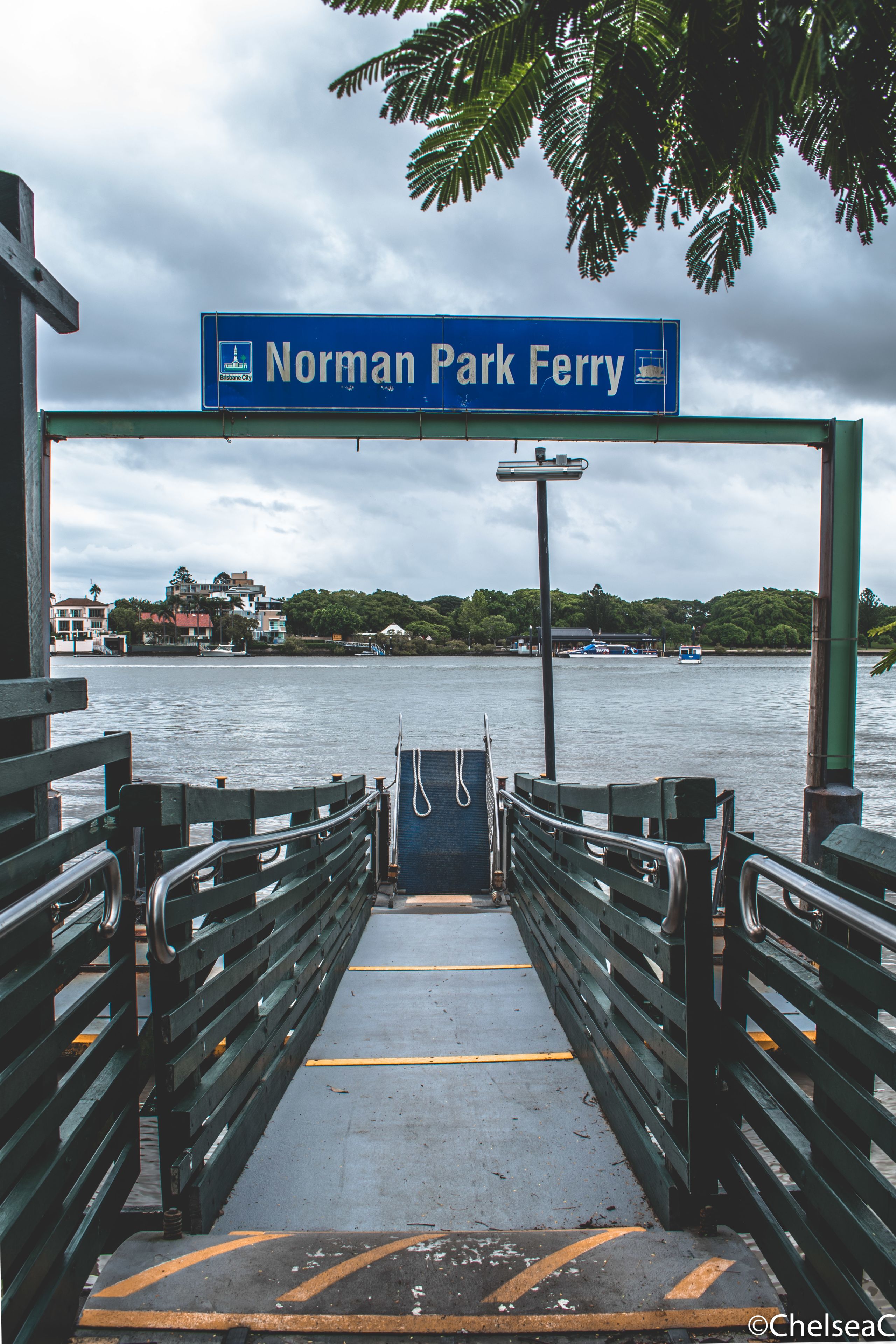
Norman Park ferry terminal
Norman Park ferry terminal
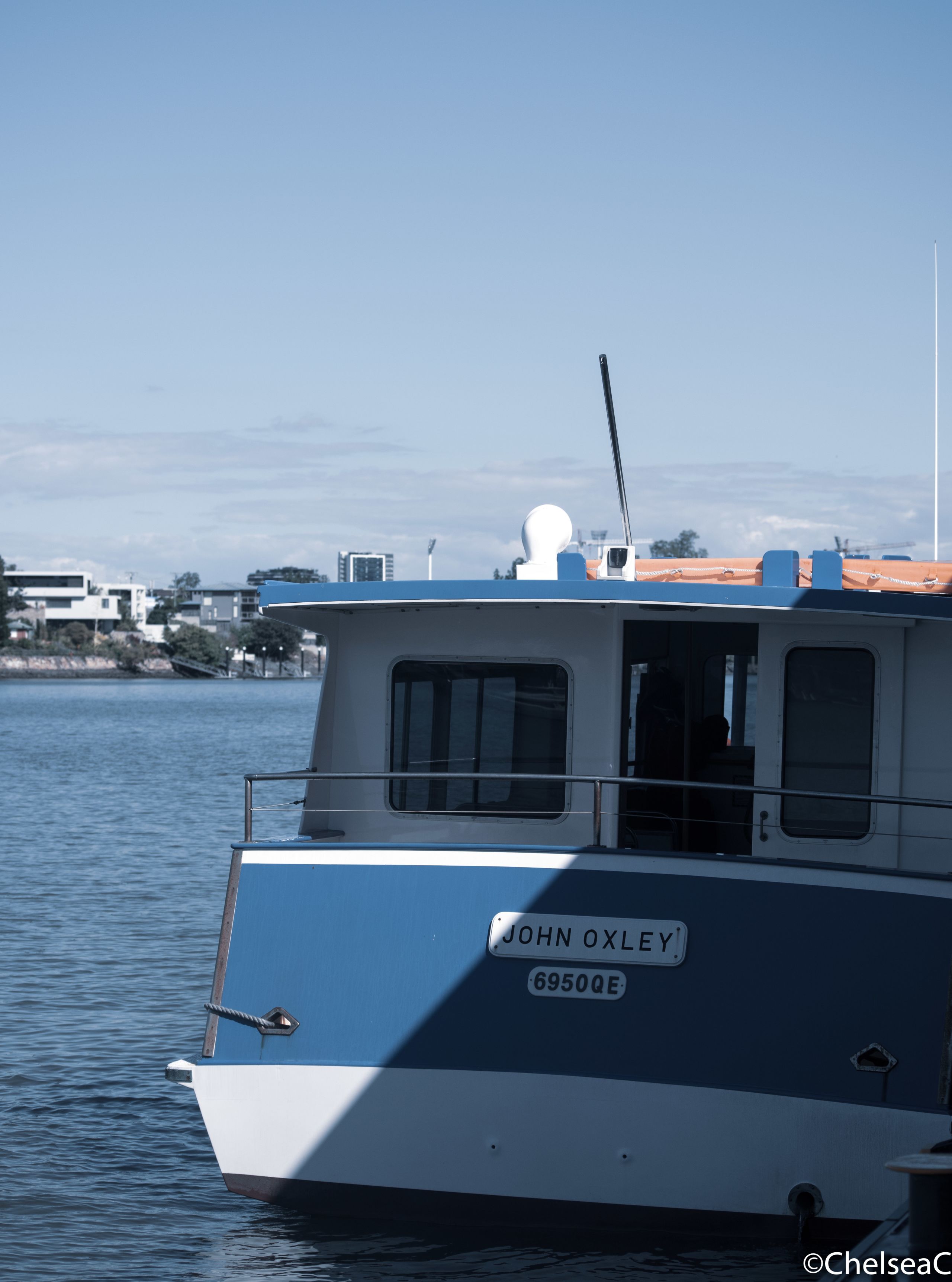
One of Brisbane's many cross river ferries- This one is commonly used for locals to jump across the river between Norman Park and New Farm
One of Brisbane's many cross river ferries- This one is commonly used for locals to jump across the river between Norman Park and New Farm
THE FIGHT FOR CONVENIENCE OF TRAVEL
There are currently 107,406 registered dogs in Brisbane, many which reside in suburbs that are on the outskirts of the CBD, but close to ferry terminals.
New Farm, where Boxall resides, is directly across the river from the suburb of Norman Park. According to Google Maps, this journey would take approximately 12 minutes by car. To catch the ferry, it would only take five.
Many have expressed that allowing their dogs on ferries would improve the convenience of travel, particularly when it comes to accessing parks and dog- friendly facilities. Justin Jordan, a Brisbane dog trainer with 30 years of experience, says that Australia is well behind when it comes to travelling with pets, and that allowing dogs on Brisbane’s ferry network would provide a solution.
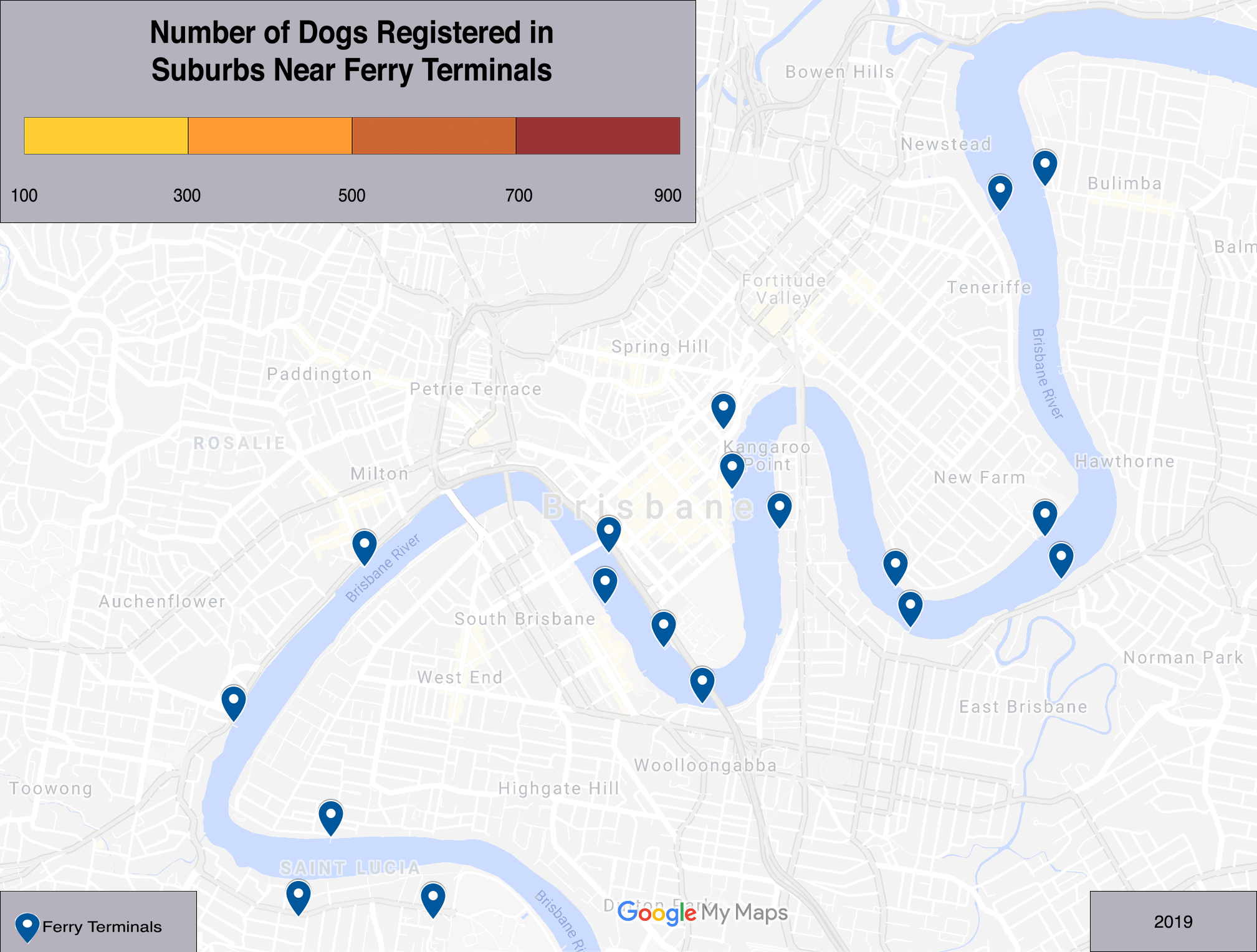
The GIF above represents the convenience allowing dogs on ferry terminals could have on those who live in close proximity to the Brisbane River, and shows that it could benefit the suburbs further away from the city as they have a greater number of registrations.
The GIF above represents the convenience allowing dogs on ferry terminals could have on those who live in close proximity to the Brisbane River, and shows that it could benefit the suburbs further away from the city as they have a greater number of registrations.
“There’s a lot of people who don’t have transport [vehicles], that want to travel to different places, so it just gives more access, to more places for more people with their pets,” he says.
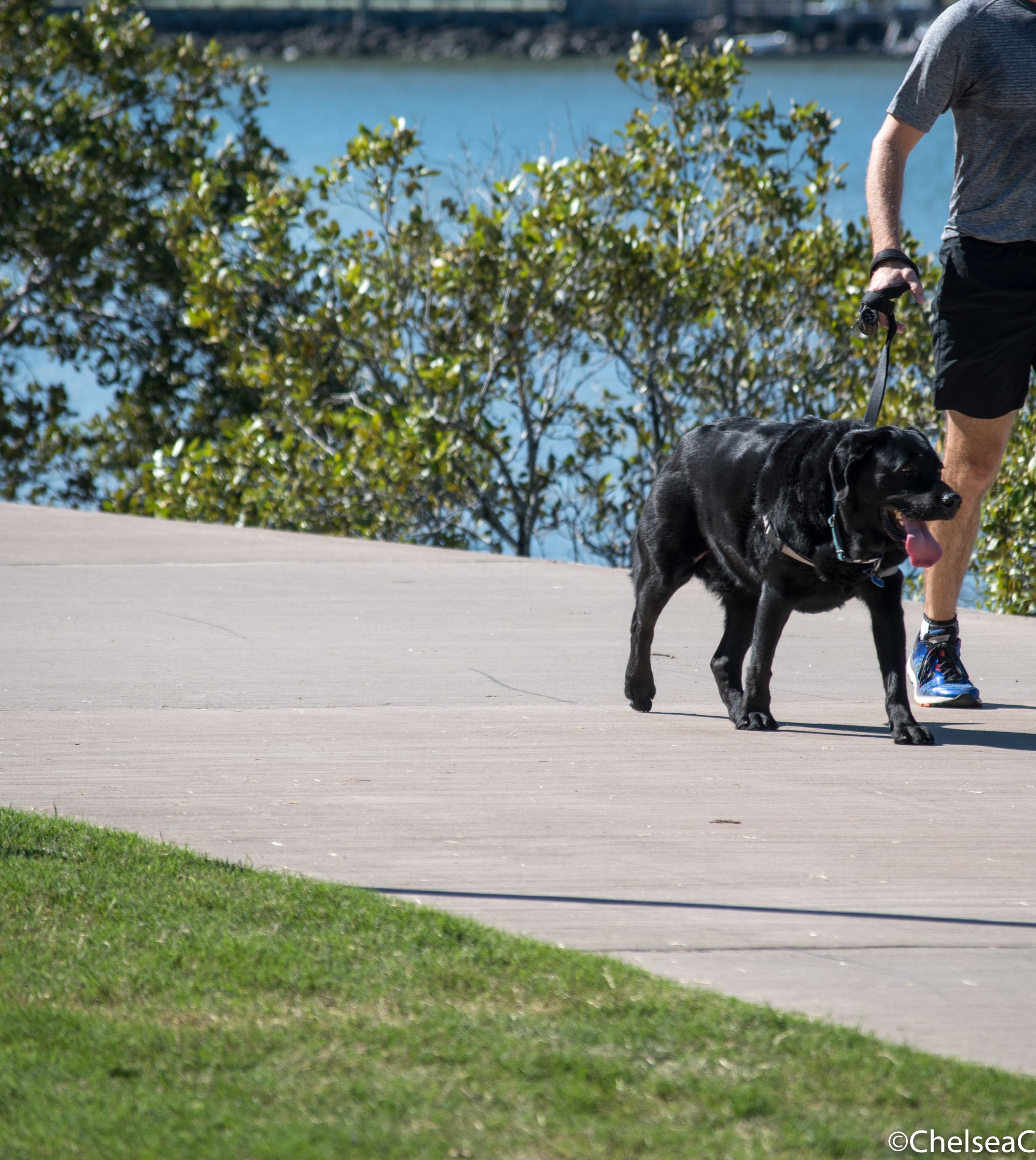
A dog and its owner enjoy a walk in New Farm Park
A dog and its owner enjoy a walk in New Farm Park

A route map of Brisbane's ferry network, located at New Farm ferry terminal.
A route map of Brisbane's ferry network, located at New Farm ferry terminal.
Boxall has encountered this problem, and wishes that she had the ability to travel freely throughout the CBD with her dog by her side.
This is the reality for many dog owners who live in close proximity to the river and prefer to commute by bus or ferry.
“I have been very frustrated by the lack of access to navigate the inner-city neighbourhoods of Brisbane with a dog unless I have a car,” she says.
With Newstead boasting the most supporters of the petition, it is no surprise that many signatures belonged to members of the Facebook group Newstead Dog Lovers. This group consists of 295 members, the majority whom share the same sentiment – they rely on public transport to get around Brisbane and are frustrated that they can’t bring their dogs along for the ride.
“I signed [the petition]. People who don’t have access to their own vehicle rely on public transport and may need to commute with their pet, but cannot,” says Sophie Hogben, a member of the group.
“I don’t drive and would love to take my pooch Molly with me on the ferry to the park,” says Sarah Cort, another member.
Despite dog owners insisting that allowing dogs on ferries would improve the convenience of travel, it won’t benefit everyone. In fact, it could pose major concerns.
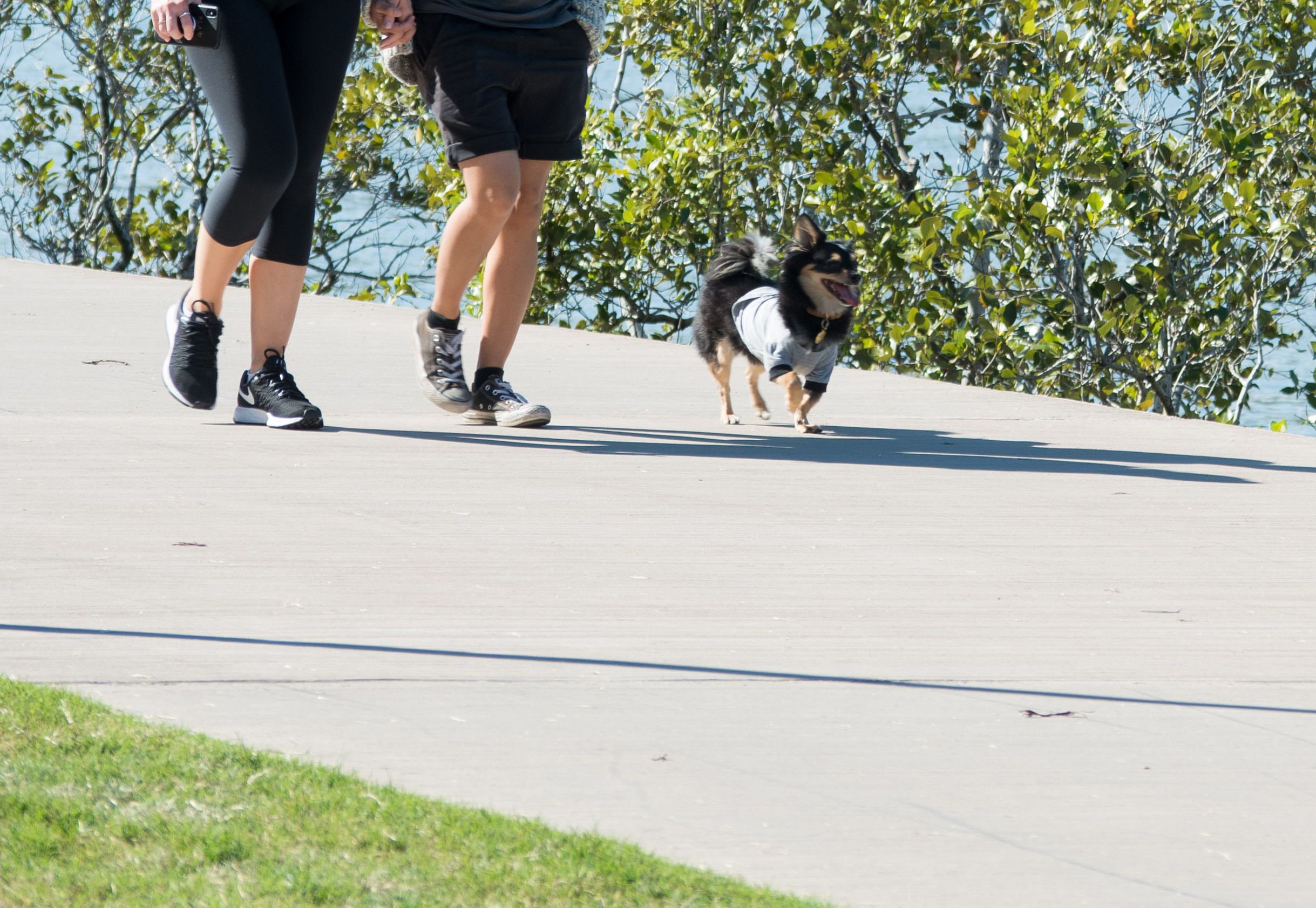
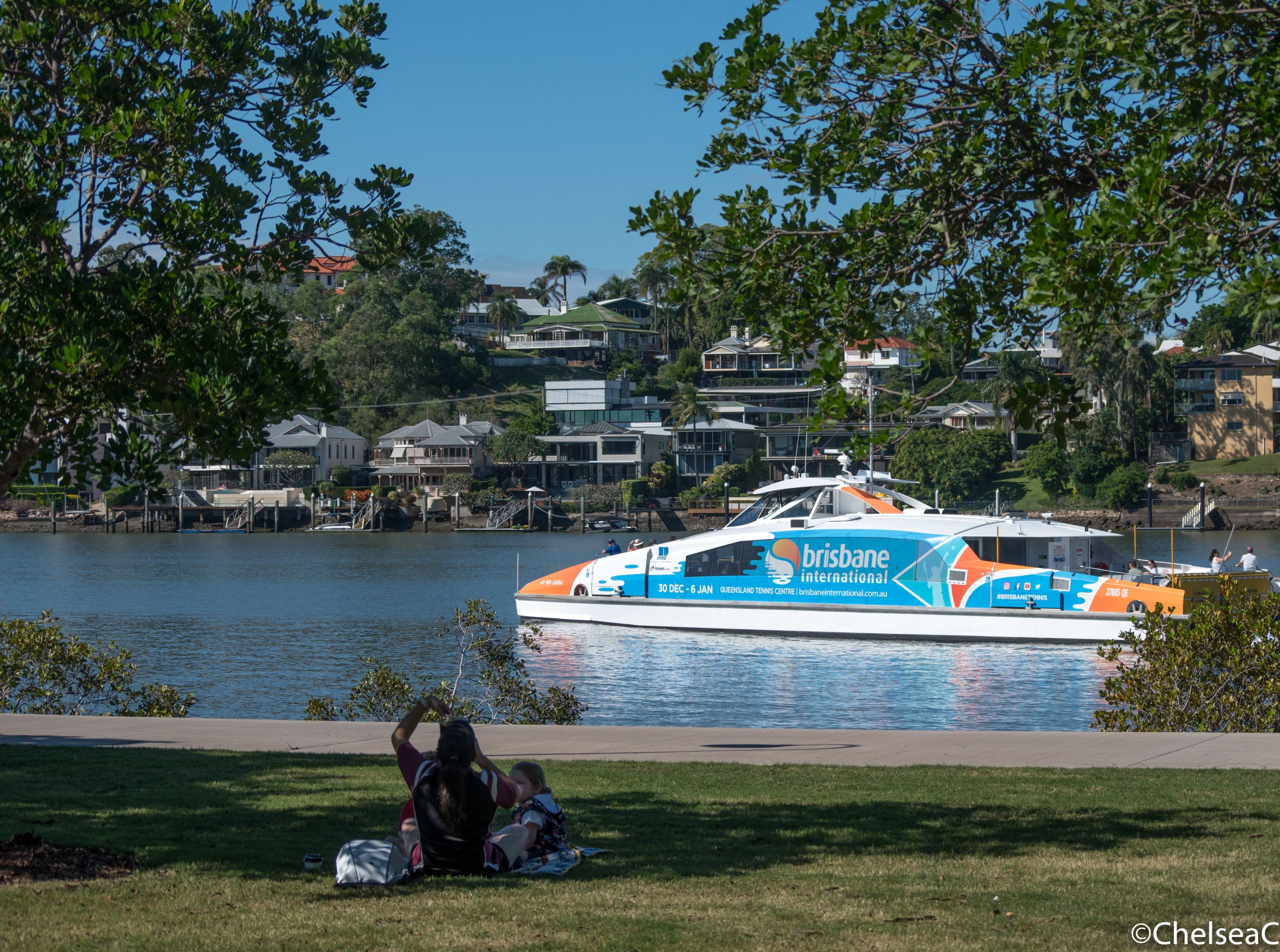
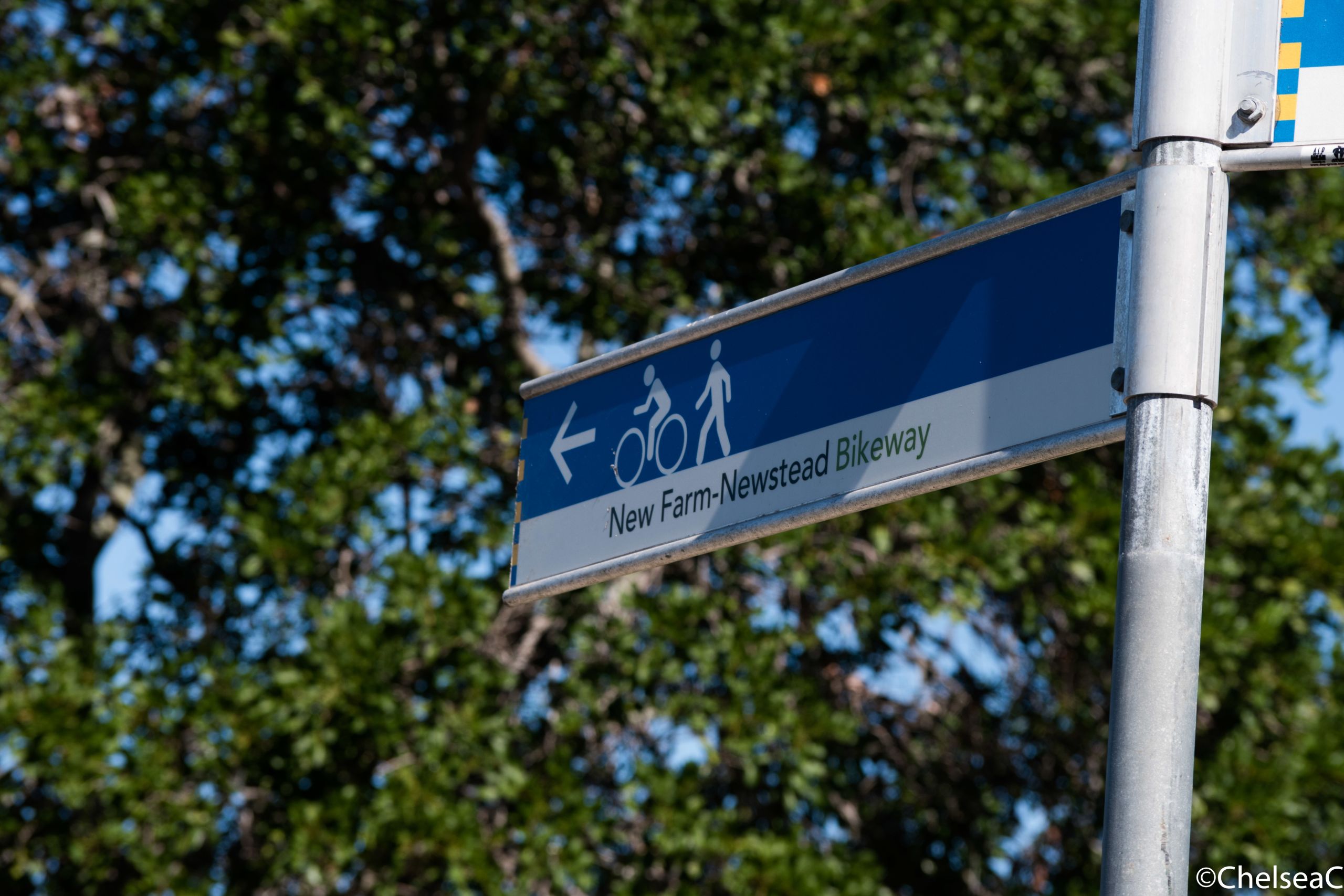
THE FIGHT FOR GUIDE DOG RECOGNITION
A poll on Instagram revealed that although many support the idea of allowing dogs on public transport, others are concerned for the disadvantages it could pose for service dogs.
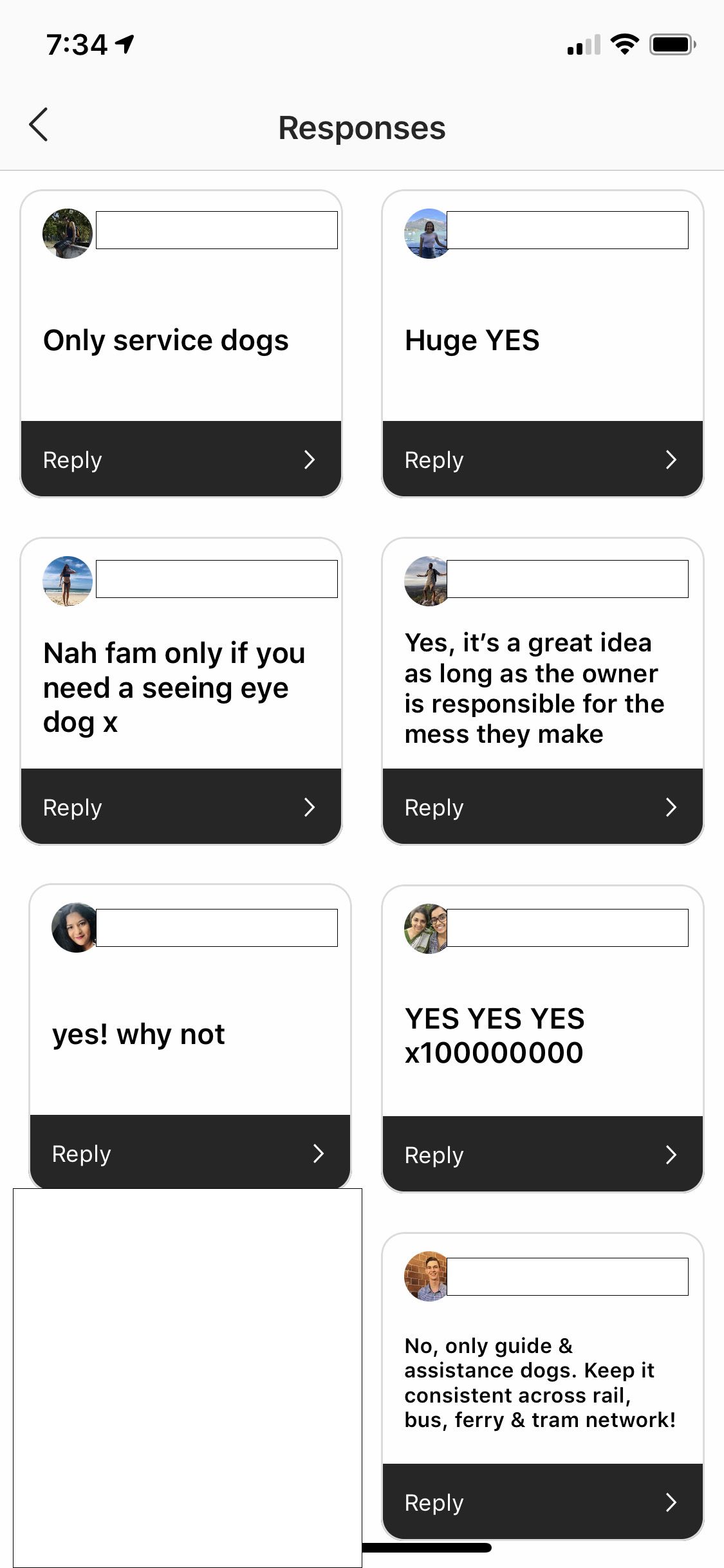
Followers were asked: "Do you think dogs should be allowed on public transport?". Many responses expressed that the only animals that should be allowed on public transport are Service Animals
Followers were asked: "Do you think dogs should be allowed on public transport?". Many responses expressed that the only animals that should be allowed on public transport are Service Animals
Guide Dogs, which are responsible for assisting the blind and visually impaired, are the one exception to TransLink’s policy of no animals. In Brisbane, they are permitted to ride buses, trains or ferries as long as their handlers carry a TransLink Assistant Animal Pass.
According to the Guide Dog Queensland website, Guide Dogs go through extensive training to learn how to assist their handler in safely getting on and off public transport, as well as how to behave appropriately in public spaces.
“Guide Dogs are taught to ignore other dogs and anything else that does not pose as a safety issue. This is one of the behaviours that sets them apart from pet dogs,” says Michael Barwick, a spokesperson for Guide Dogs Queensland.
In a bustling city like Brisbane, interactions between domestic and Guide Dogs are common. But Barwick also says that the proposal to allow domestic dogs on ferries could jeopardise the safety of those who rely on Guide Dogs, especially due to the lack of space available on the vessels.
“Unlike an encounter on the street with a pet dog…the confined environment of public transport does not allow for an easy escape,” he explains.
“The potential for increased distraction or intimidation of working dogs may pose a significant safety issue for handlers.”
A clear solution to this issue would be to ensure that all dogs that ride the ferries would be trained to the utmost standard, but Barwick says that it is not that simple.
“As there is no standard of training for pet dogs, it is likely that issues would be experienced if they were allowed on public transport. These experiences may have a negative effect on the way the community accepts working Guide Dogs and their handlers in the future.”
Justin Jordan, who has worked with Guide Dogs Queensland, believes that these potential incidents shouldn’t be a defining factor in ruling out public transport travel for pets.
“I’d hate to say that a Guide Dog might get into a fight with an untrained dog, therefore no other dog on the planet is allowed to go on a ferry. I don’t think it’s a fair call,” he says.

This sign is featured at all ferry terminals and outlines that animals are prohibited on the vessels
This sign is featured at all ferry terminals and outlines that animals are prohibited on the vessels
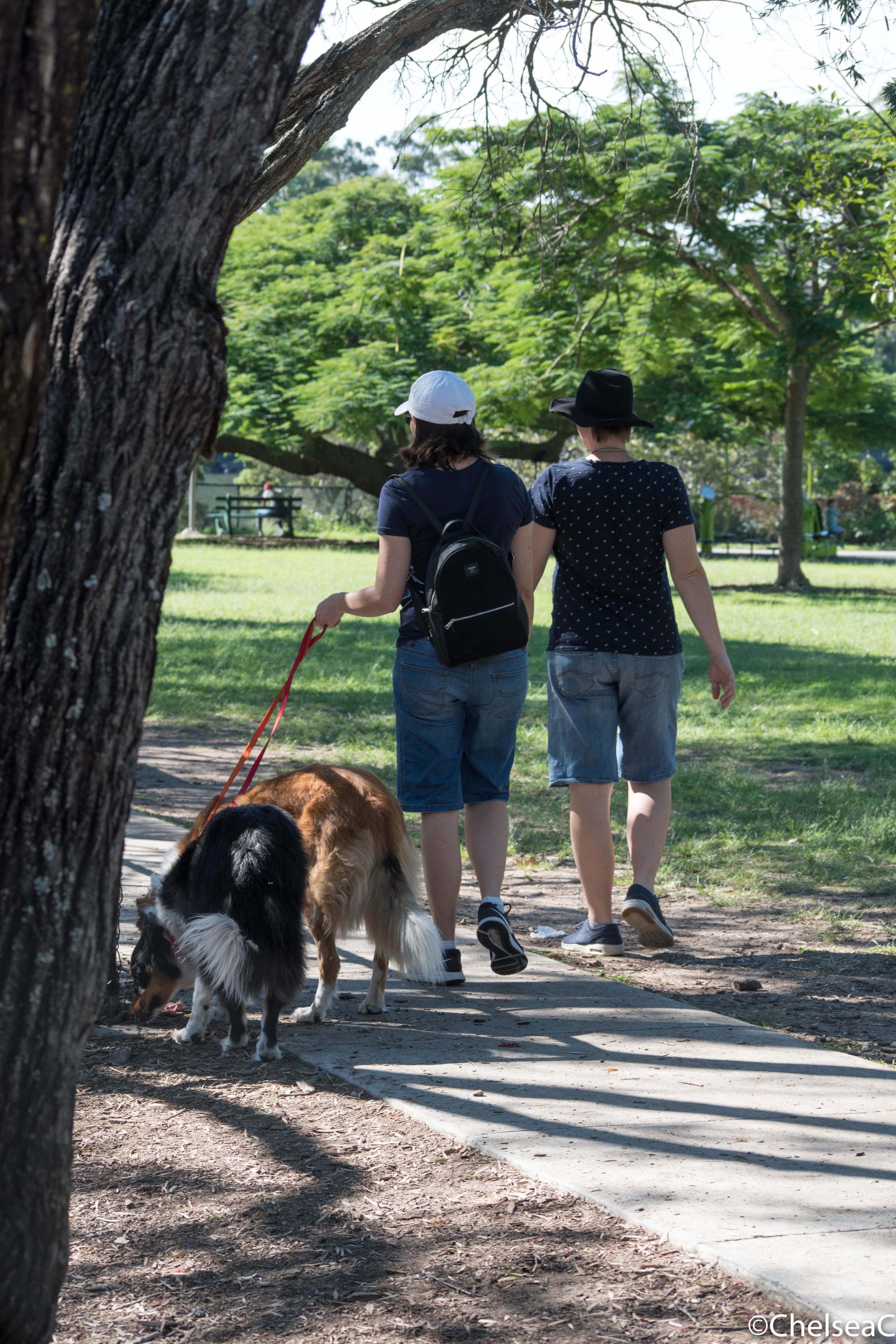
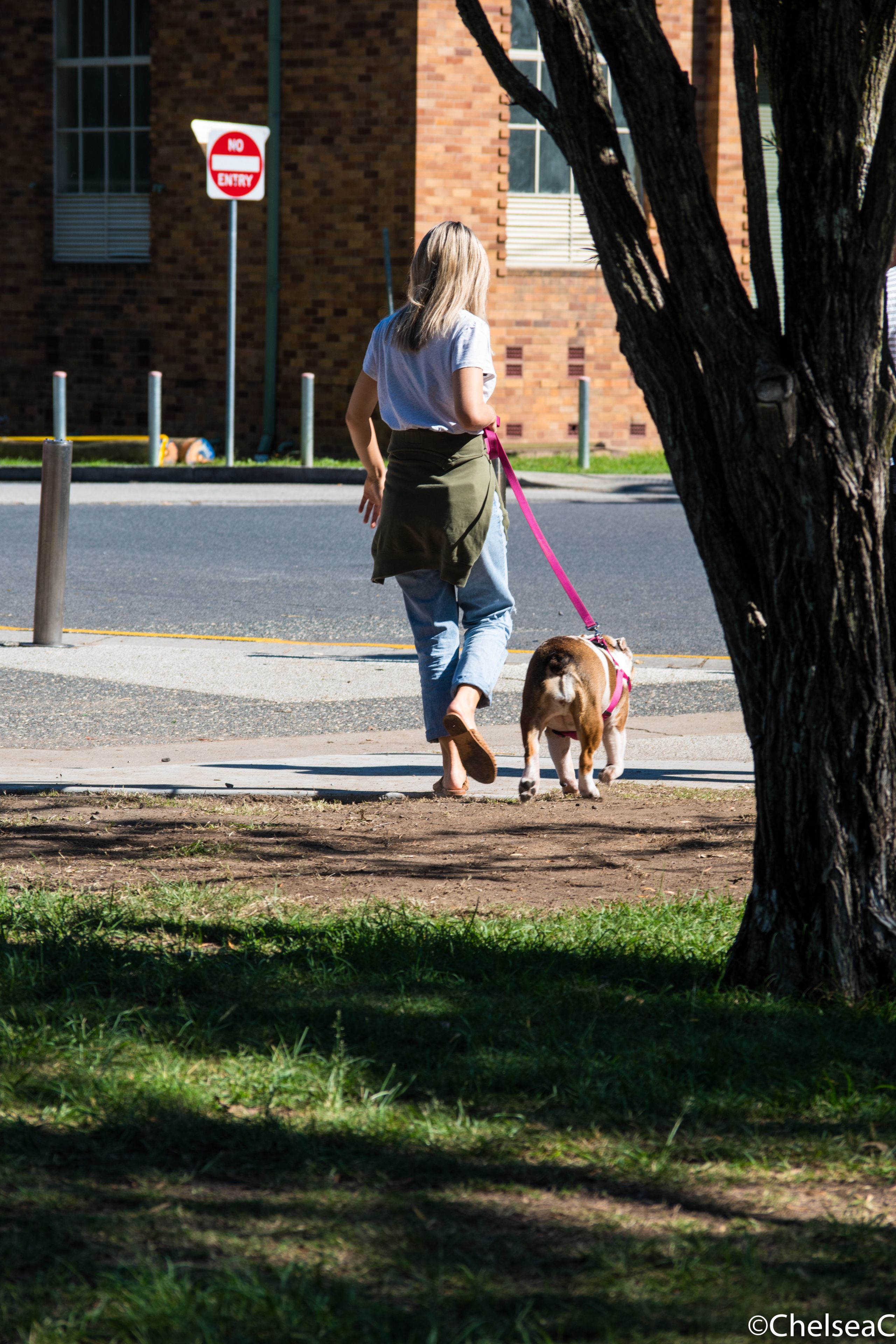
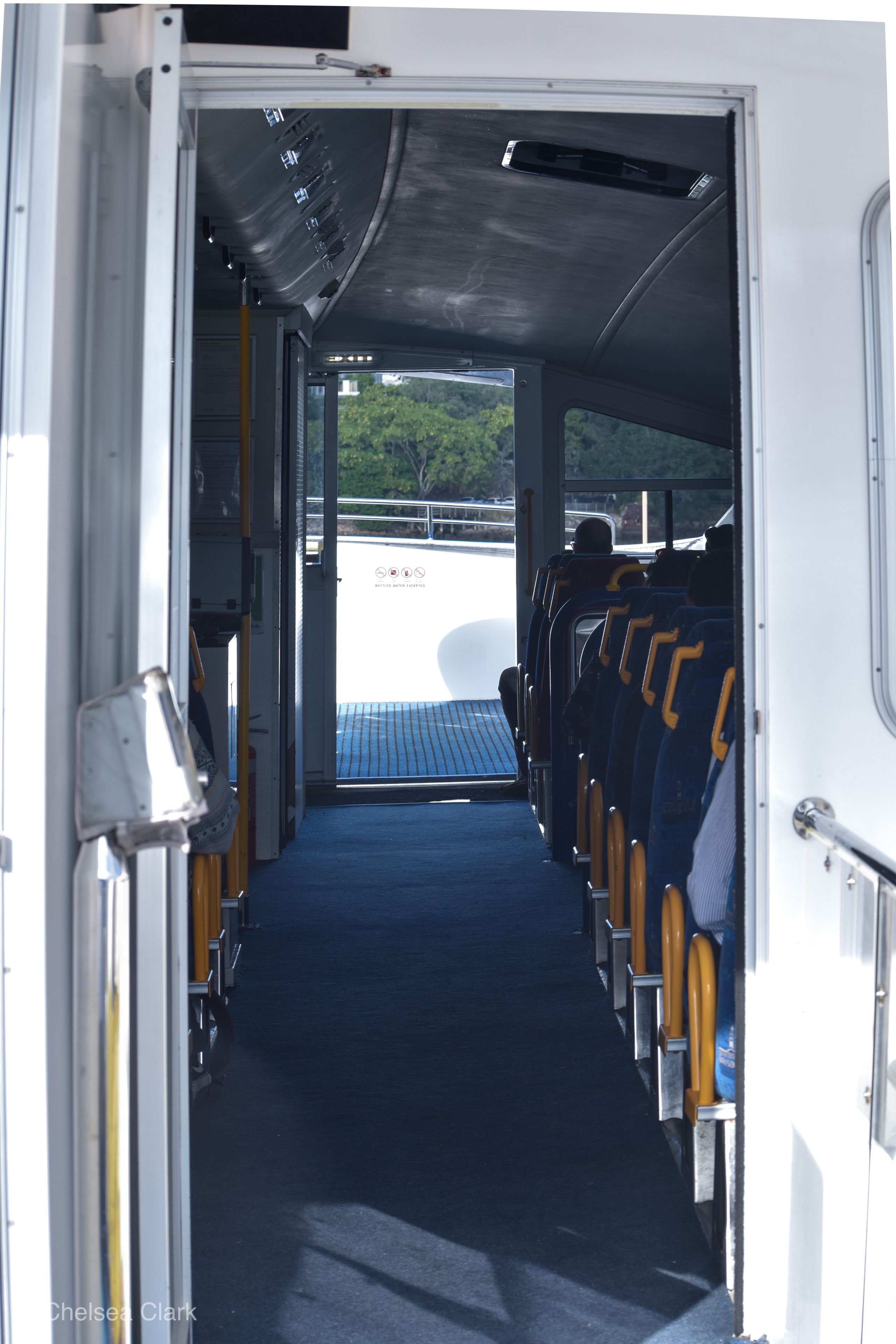
THE FIGHT FOR RESPONSIBILITY
Imagine this scenario:
You and your Labrador board the ferry at Riverside, travelling a couple of stops to get to New Farm Park for an afternoon walk. When you get on board, you sit outside on the back deck next to a fellow passenger - a small child. The child gets excited and leans over to pat your dog, who gets a fright, jumps up, and knocks the child to the ground.
In this situation, who is liable? TransLink, or you, the pet owner?
The issue of liability is very real, and TransLink claims that if an incident like this was to occur, they would be held accountable. But in the opinion of Boxall and many others, the responsibility for the dog’s actions would fall on the owner.
“The onus for the behaviour of the dog should and rightly so fall completely on the pet owner,” says Boxall.
“The dogs should be kept on a lead, and under control at all times, much like you and I out walking our dogs on the street,” says Justin Jordan.
However, dog owners aren’t afraid to point out that in many major cities around the world, pets are treated on an equal ground to their human counterparts.
“[In Europe] …. I have seen dogs on trains, in cable cars, riding railways…,” says Sonja Meek, another dog owner.
Dogs adapt certain behaviours from being exposed to different environments, which is why in Europe, there are rarely any incidents when they are in public spaces. They have been brought up to know that sitting in a restaurant, or riding a ferry, is acceptable.
“Over there [Europe], the laws are so open, the dogs are exposed right from an early age… In Australia, they are very restricted.” Says Jordan.
These restricted laws make the risk of a dog related incident much higher.
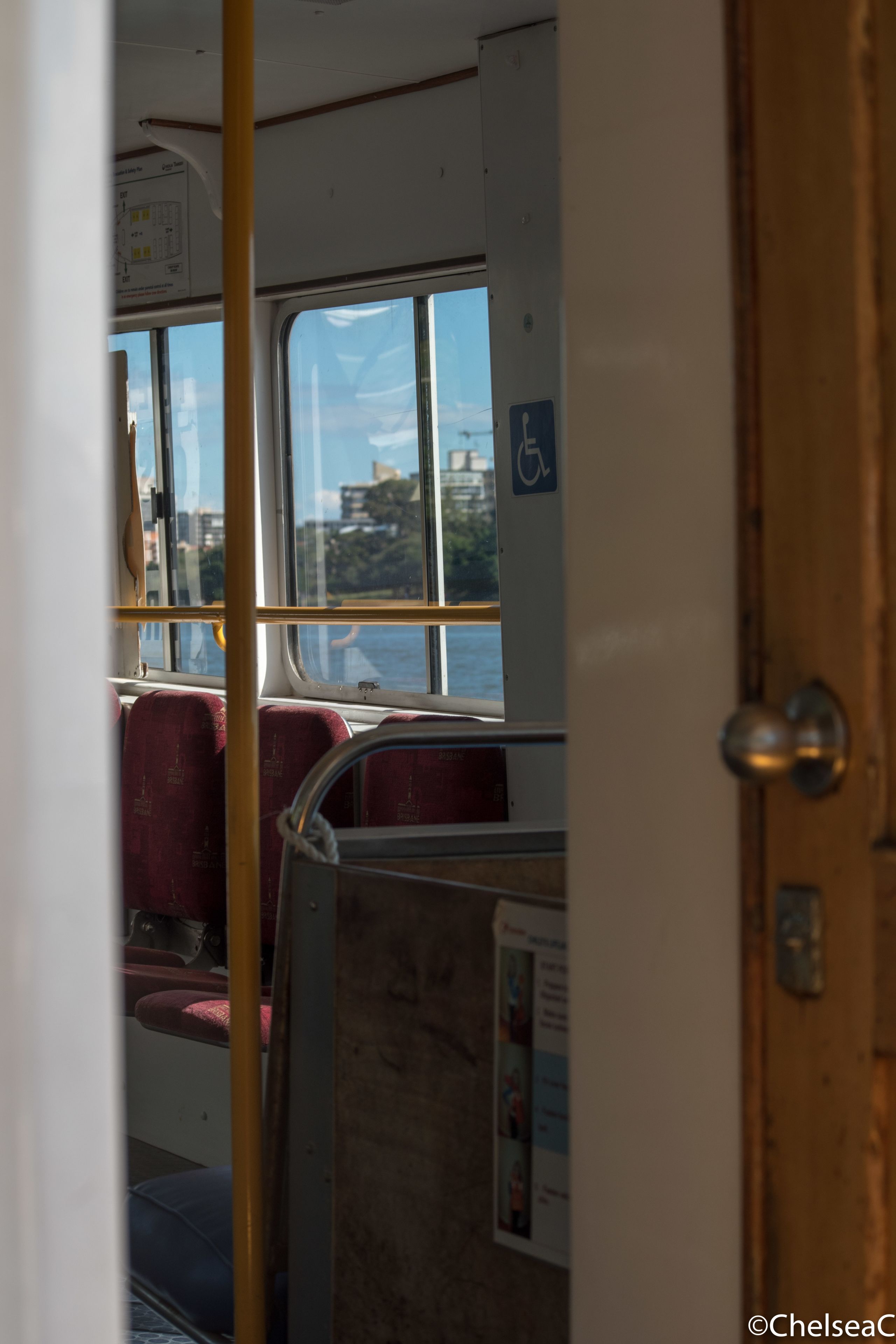
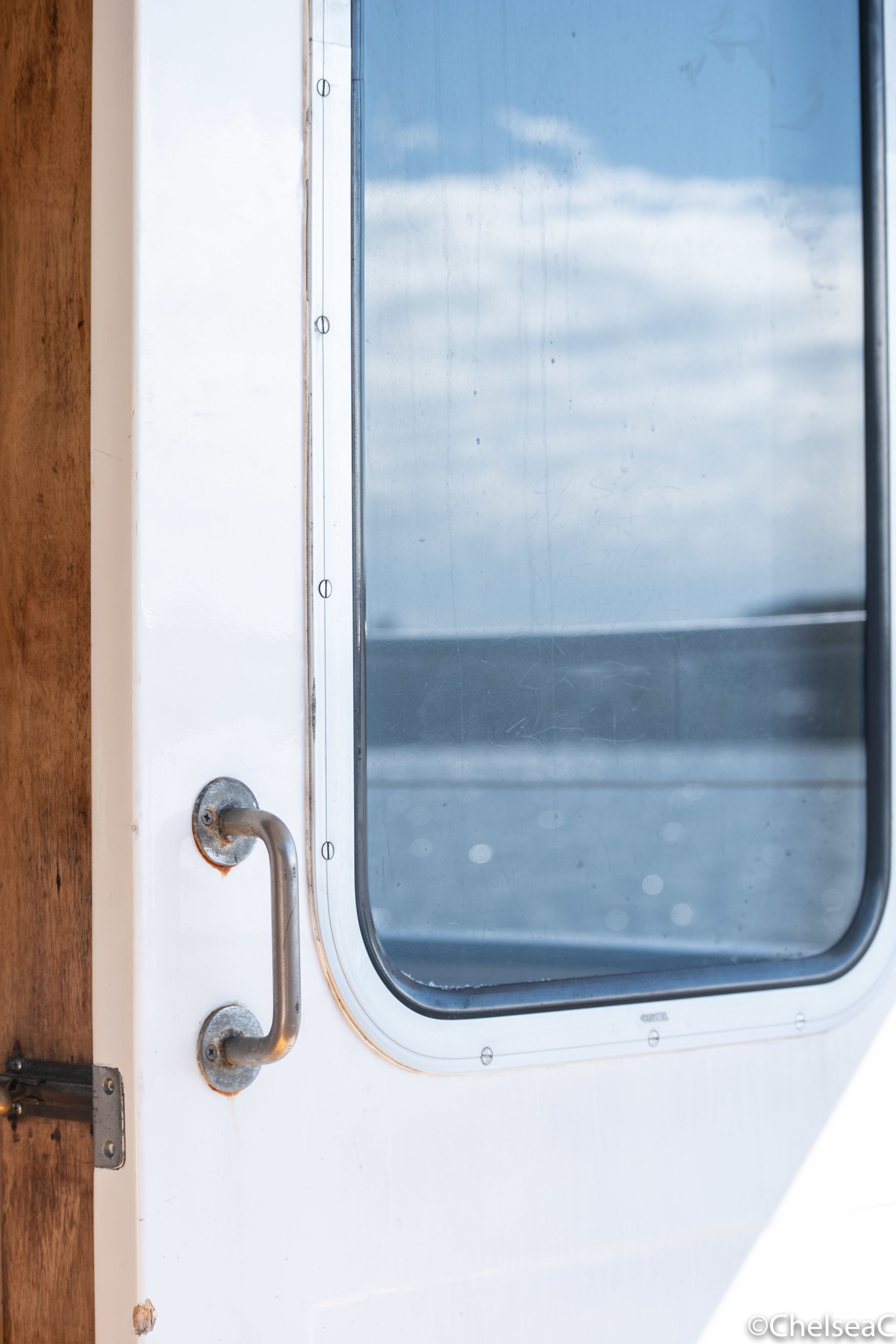
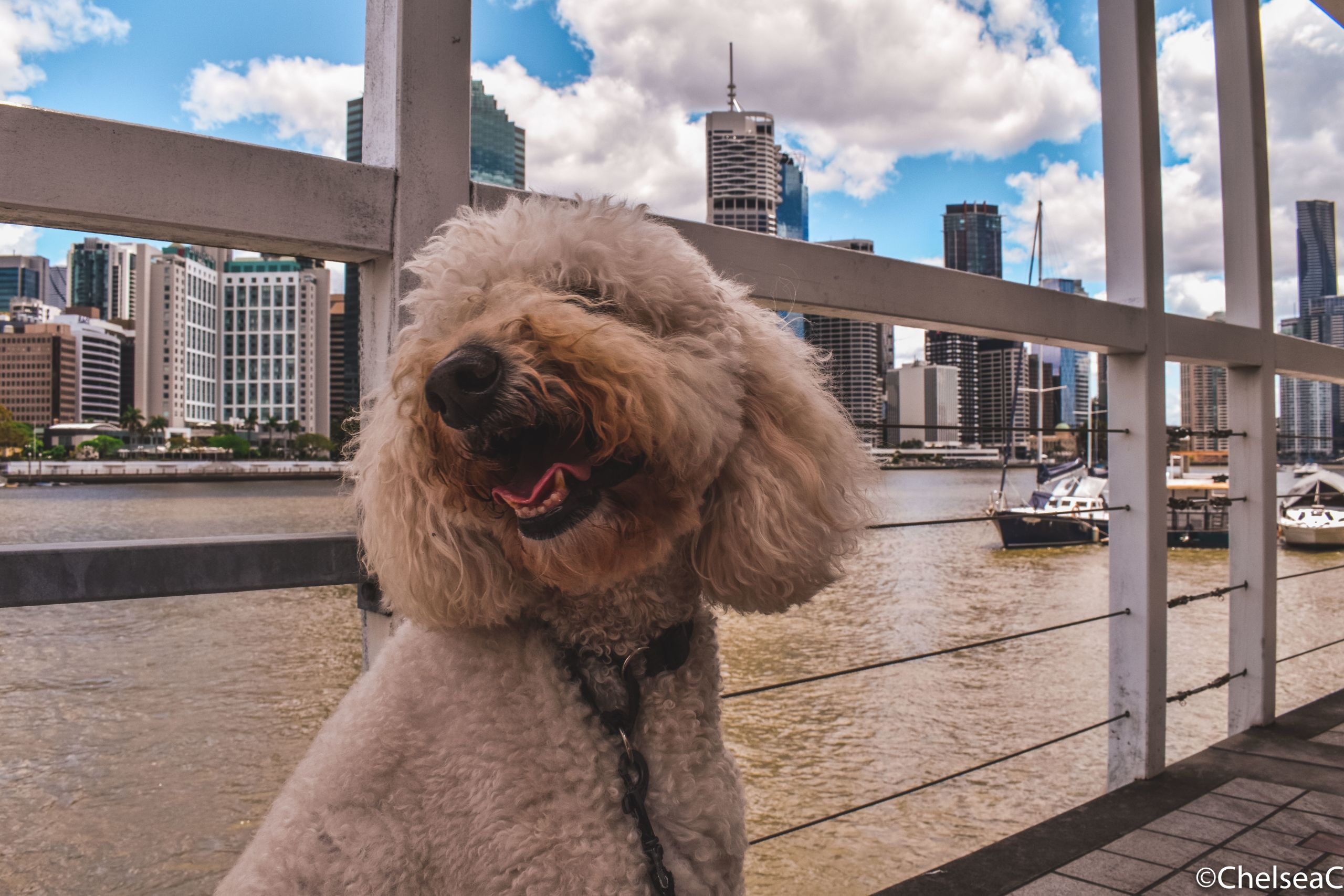
THE FIGHT FOR THE DOG PESSIMIST
One of the strongest arguments against dogs travelling on public transport is perhaps the most obvious. Not everyone likes dogs. This is why the “safety, comfort, and hygiene of customers” are reasons why TransLink will not change their policy.
Jody Aiken, a Health Educator from Allergy and Anaphylatic Australia, says that dog allergies result from a reaction to a canine’s dander and saliva. According to the RSPCA website, the best way to manage a dog allergy is to minimise contact.
Boxall acknowledges that many people may be allergic to dogs, or just don’t like them, but she does not think it makes a strong case against their ability to travel on ferries. She says that by implementing a designated area for passengers accompanied by dogs, both parties would be kept at bay.
“People who don’t like dogs, or have allergies, can avoid exposure at their own choice”.
Unless TransLink imposed heavy regulations for dogs and their owners, avoiding them while on an enclosed CityCat could be a challenge.
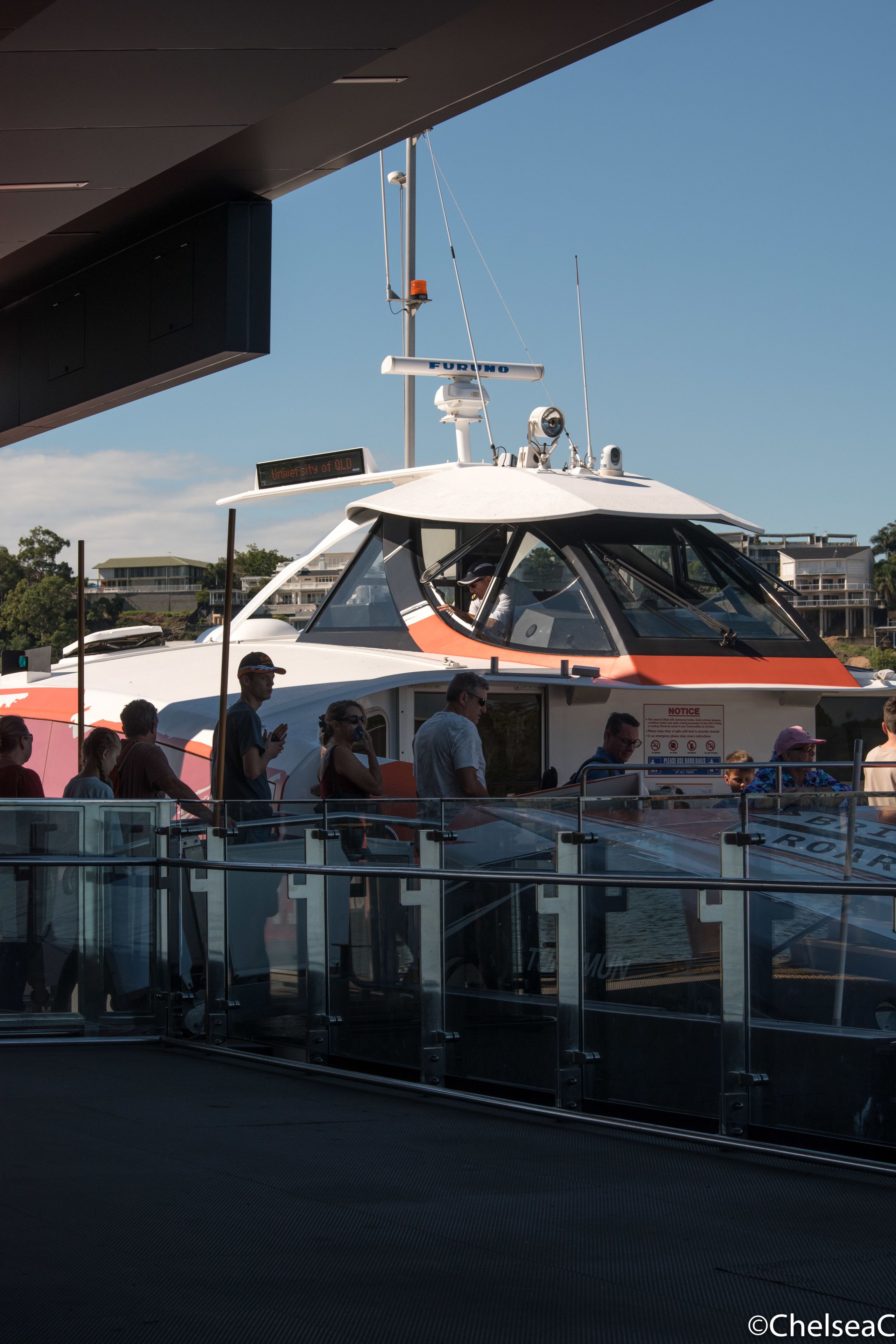
A large number of commuters line up to board a CityCat on a Sunday afternoon at New Farm Park
A large number of commuters line up to board a CityCat on a Sunday afternoon at New Farm Park
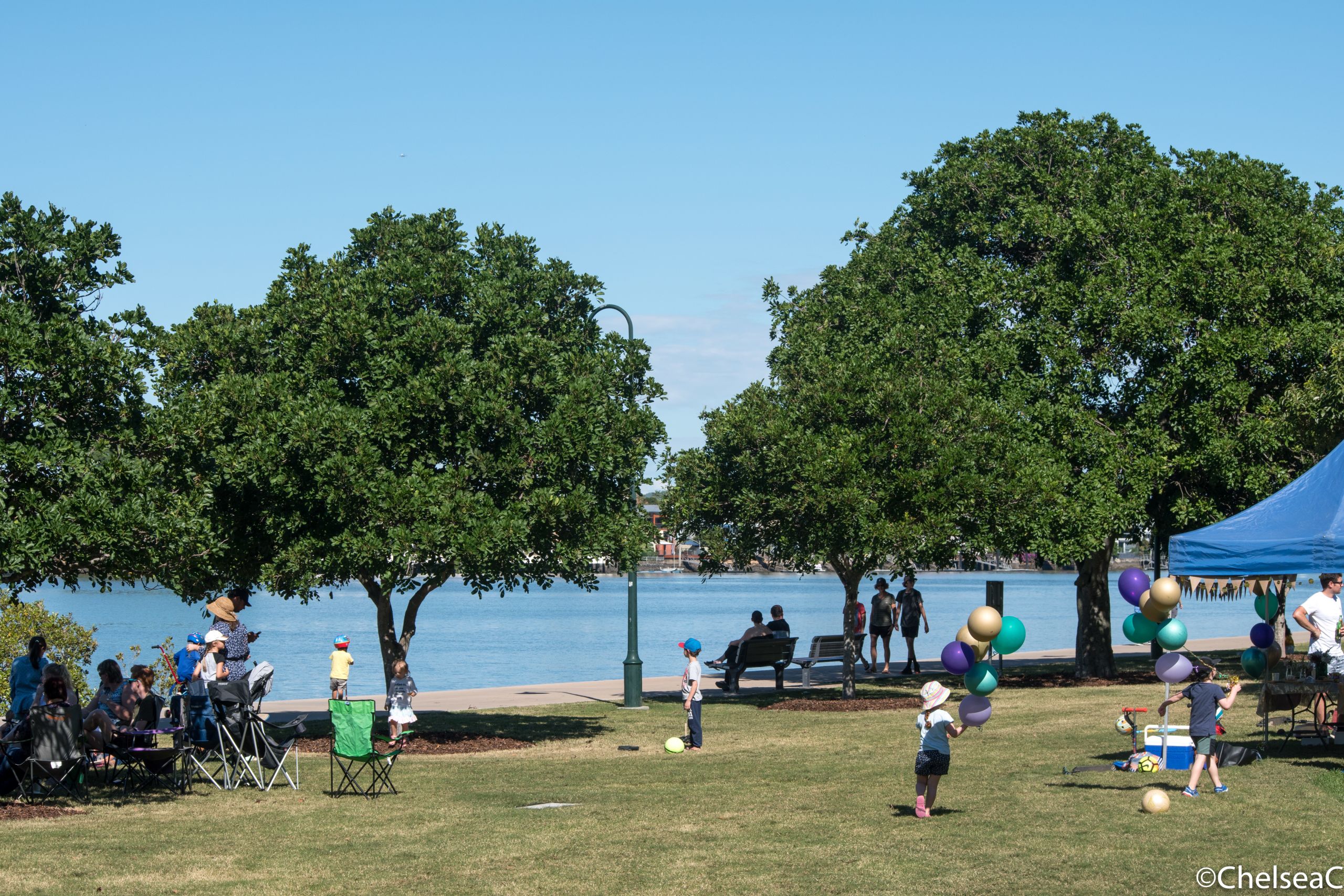
New Farm park is a popular spot for Brisbane locals to spend their Sunday afternoon. Dogs are allowed in the park, but must be on a lead.
New Farm park is a popular spot for Brisbane locals to spend their Sunday afternoon. Dogs are allowed in the park, but must be on a lead.
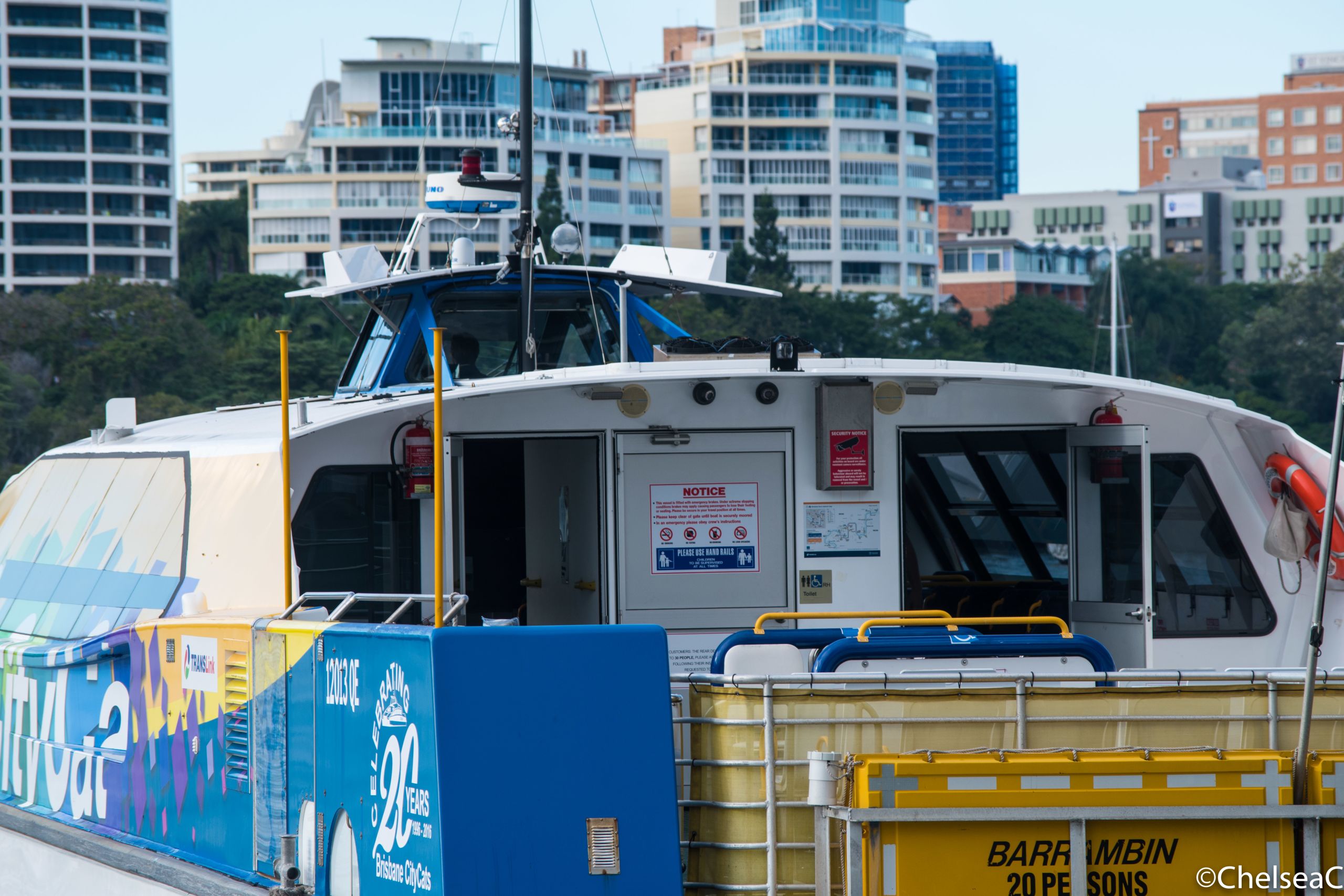
The back deck of a Brisbane CityCat . A small number of dogs could fit, but it could minimise the comfort of other passengers
The back deck of a Brisbane CityCat . A small number of dogs could fit, but it could minimise the comfort of other passengers
WHAT'S NEXT?
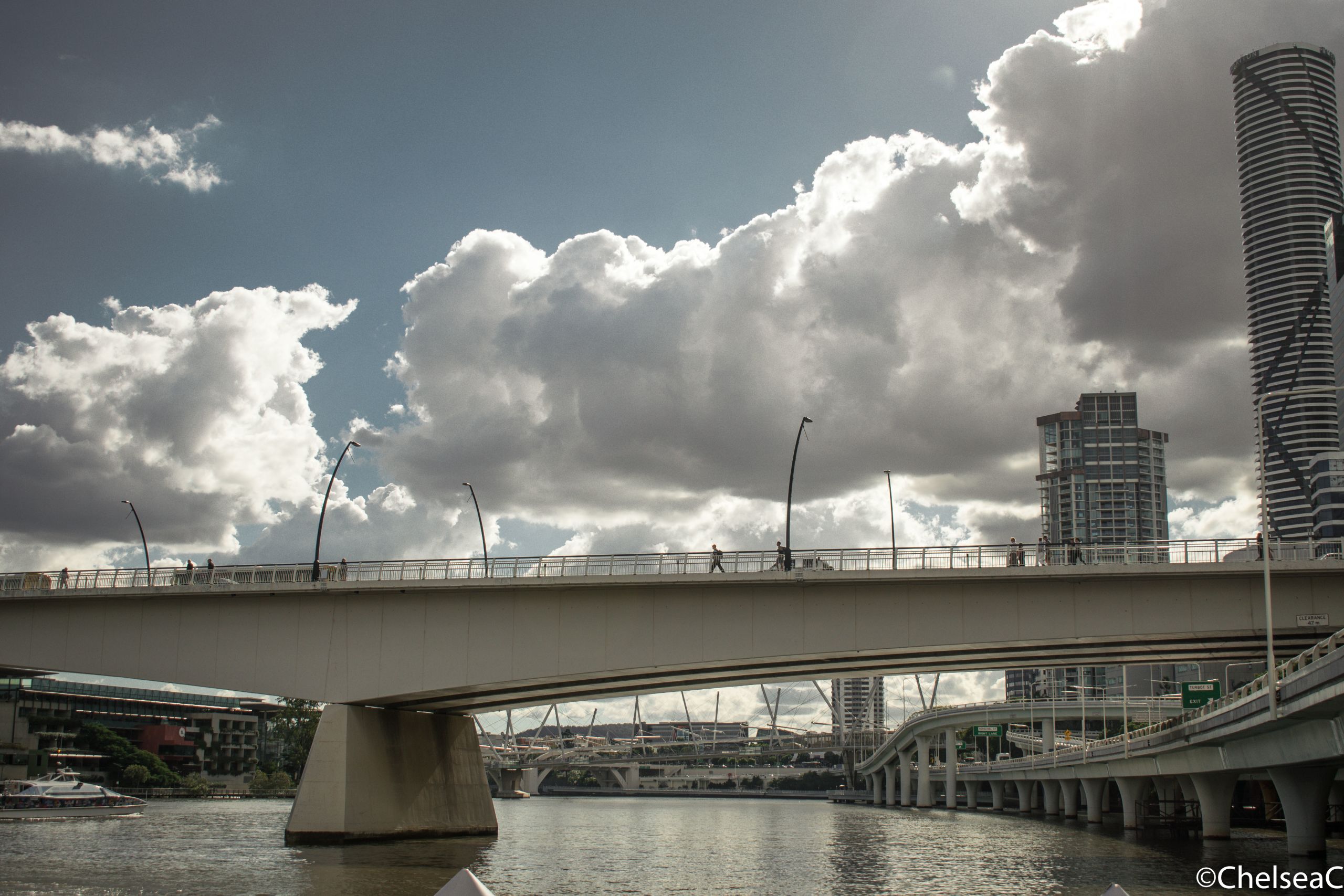
ALL PAWS ON DECK
The petition may have closed in April, but Boxall and the other petitioners aren’t backing down. She says that she will continue rallying to make travelling with dogs a reality, with the determination to change Brisbane City Council’s mind.
“It will take time, but how can Brisbane get there if we don’t change the attitude? And that can’t change without changing the rules,” she says.
“I think a paw-protest at the ferry terminals wouldn’t be out of the question! Perhaps if people could see how many in the community want this, more attention would be given to this desire for change.”
It is clear that TransLink and City Council have no plans to change their policy. But, with the power of the people and a few paws in tow, only time will tell.
